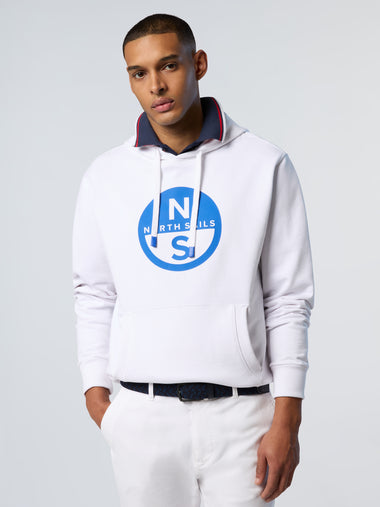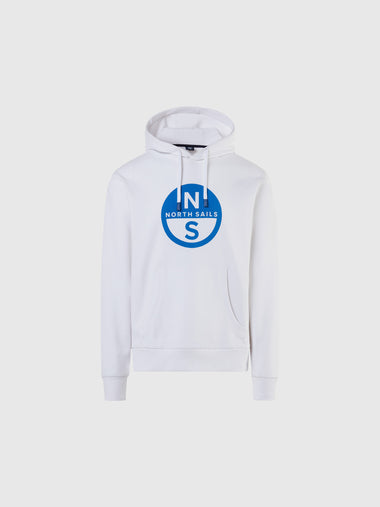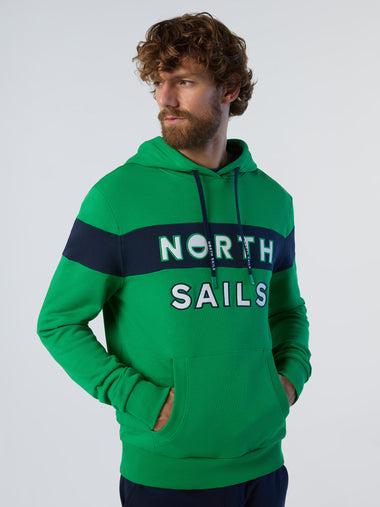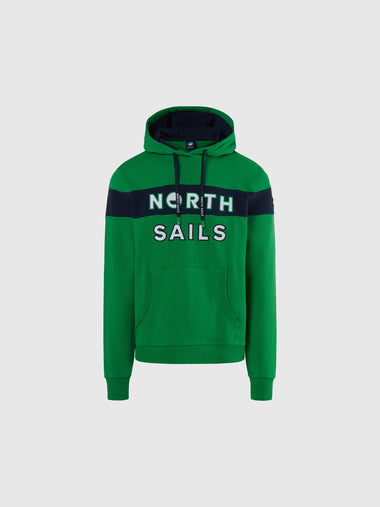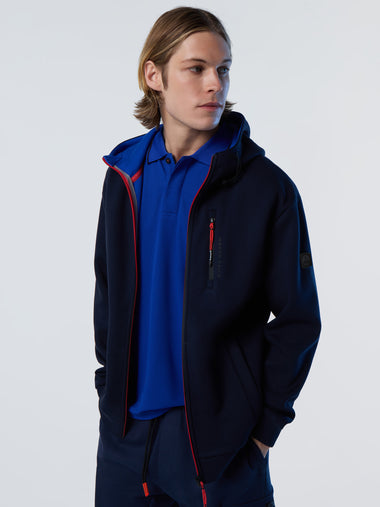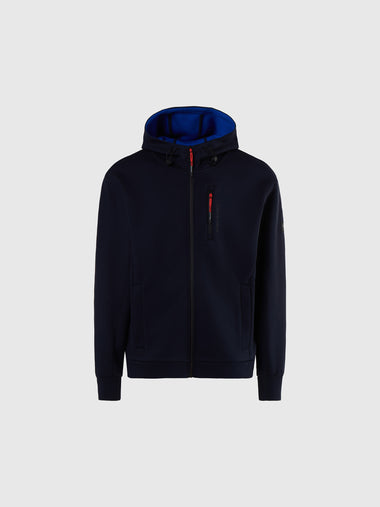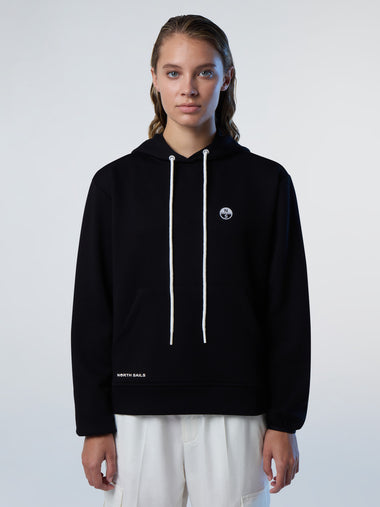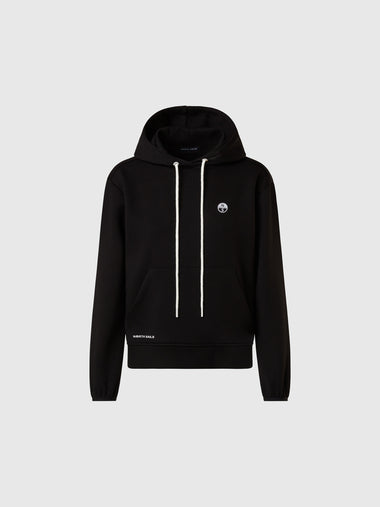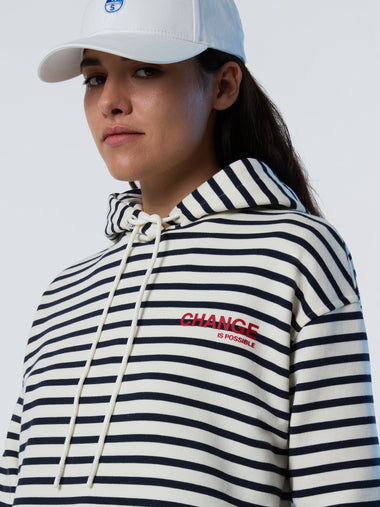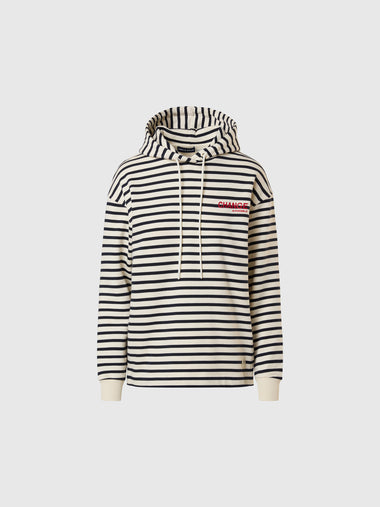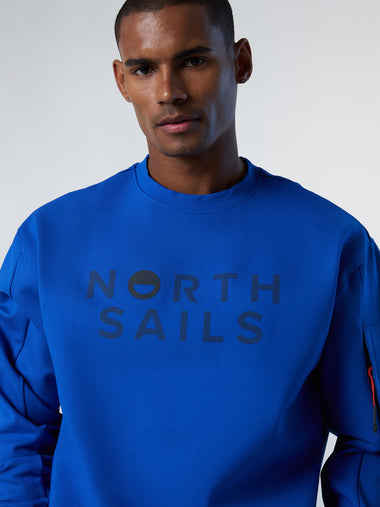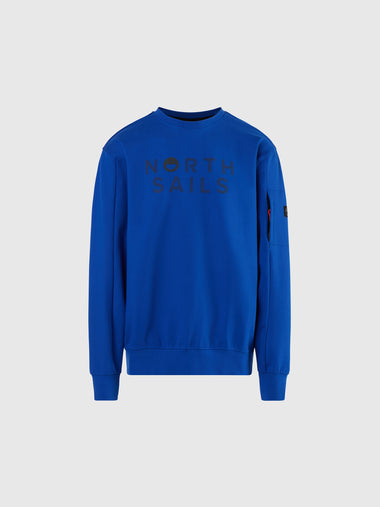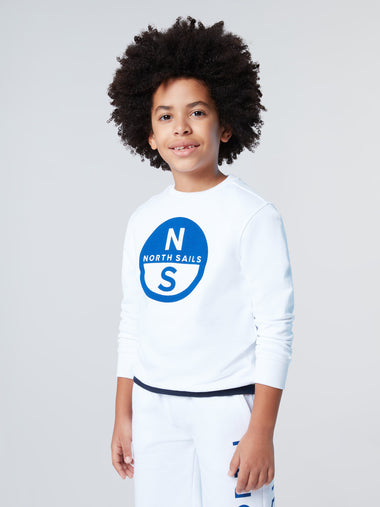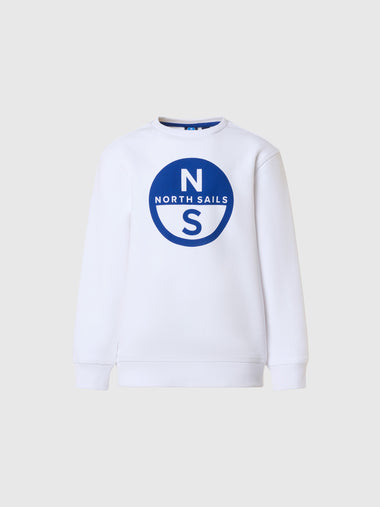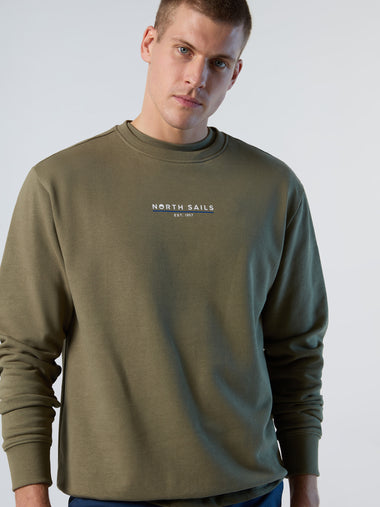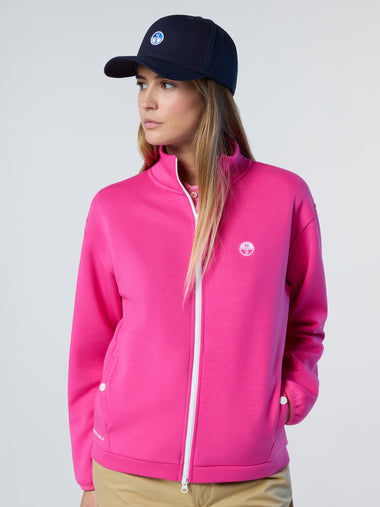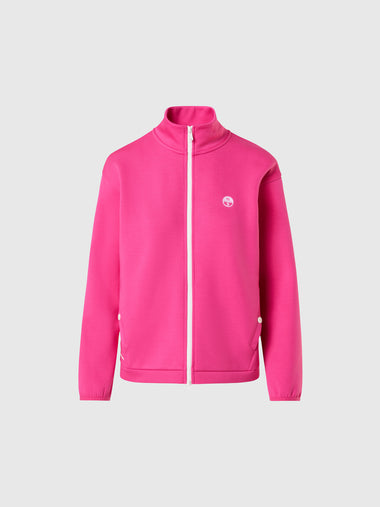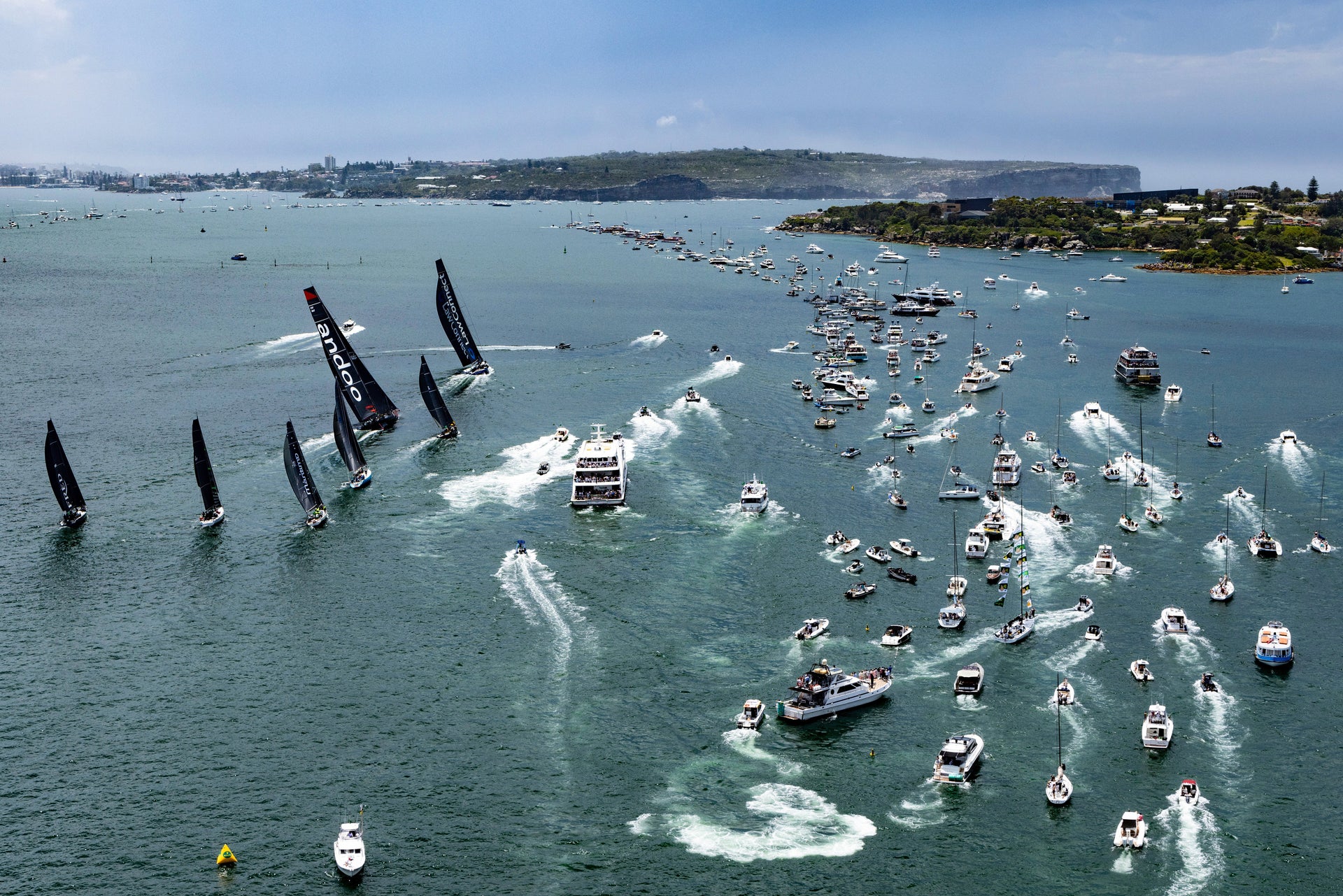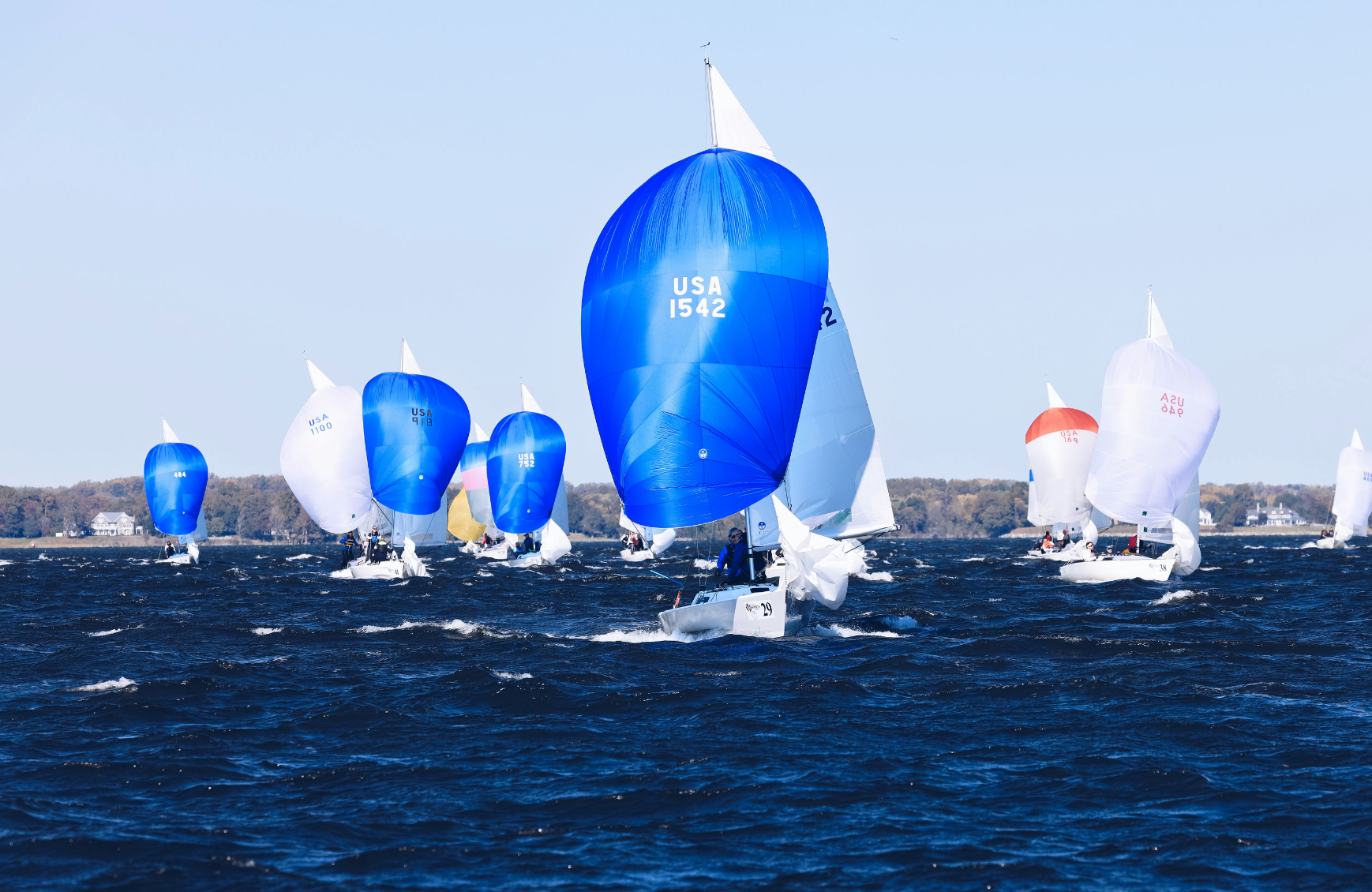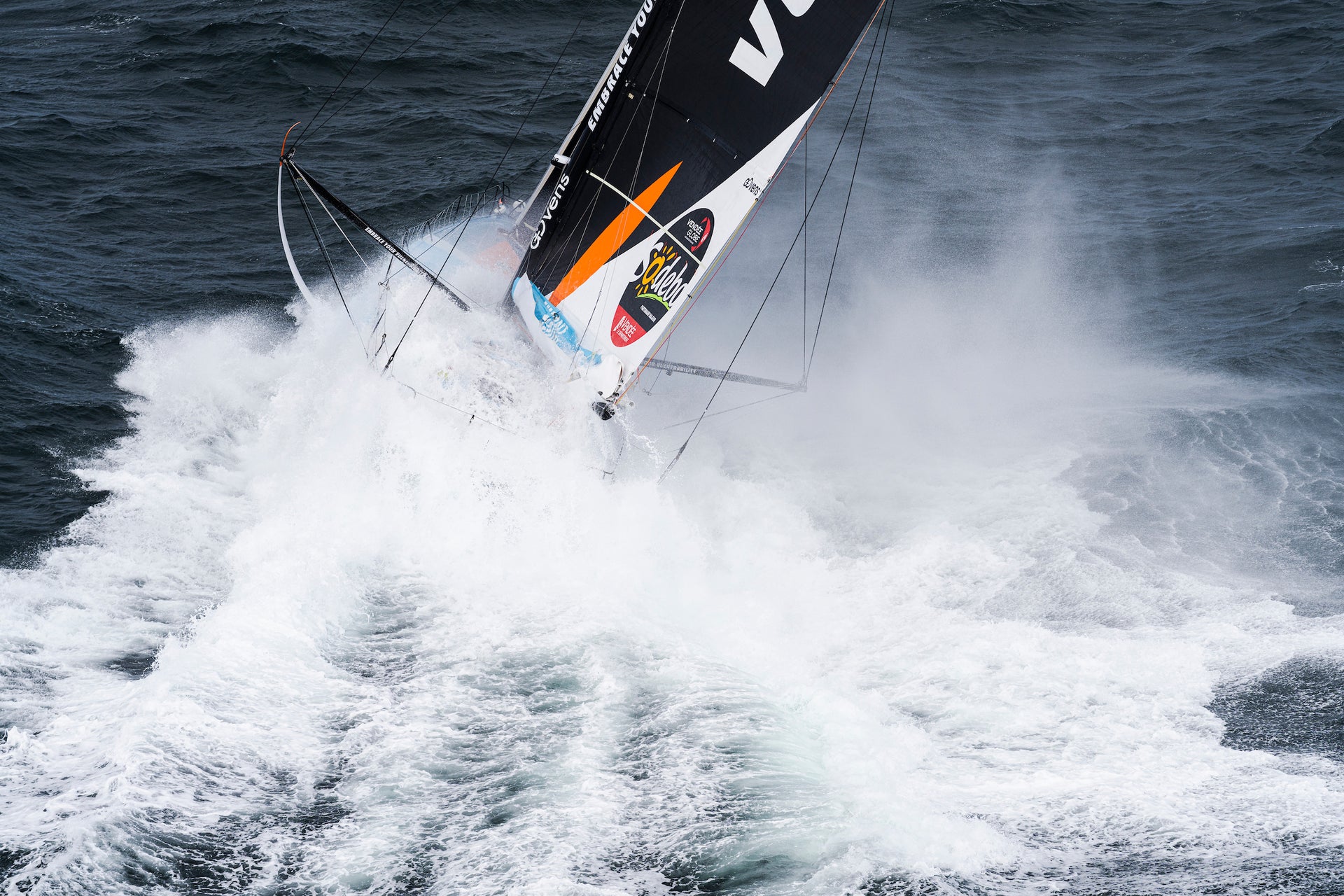PACIFIC YANKEE'S DREW FREIDES, 2020 NATIONAL CHAMPIONS
PACIFIC YANKEE’S DREW FREIDES
2020 IC37 National Champion Interview

Drew Freides is a well-known face in the sailing world. His list of impressive results includes back to back Melges 20 World Champion in 2017 and 2018, two IC37 Winter Series wins, 2019 Farr 40 World Champion, and most recently, winning the 2020 IC37 National Championship.
Drew commented, “This year has been a crazy one, more like musical chairs trying to organize and reorganize. We planned to spend our entire summer in Newport, RI, yet we had to be as flexible as possible. Fortunately, we were able to keep our core crew together for the back to back events; Rolex Race Week and the NYYC Annual, which served as the IC37 National Championship. I hadn’t done much sailing this summer before these last two, and half weeks, so I was thankful for the opportunity to spend solid time on the water. Our goal this year was to win the Nationals, and our entire program came together to make that possible.”
NS: The IC37 is a fun boat with strict OD rules in place. What makes the IC37 Class set up so successful?
Drew: This class is great because you don’t have to get into an arms race; you put together the best crew combination you can think of, and every team has the same restrictions and rules to follow. Some may not favor it, but I believe that the class has done an excellent job of limiting costs. Every rule in place is to get more sailors involved. The IC37 is an extremely competitive fleet but also has a collegial feeling as well. Long term, it’s not about focusing on the top boats at each event, but instead getting more and more people involved in sailing.

NS: What do you enjoy most about sailing in the class?
Drew: My favorite thing about sailing in this class is the camaraderie. We have many friends out there racing on other boats in the fleet, and it’s fun to compete with each other on a fun, fast boat. Another thing I like is that the IC37 class offers excellent coaching and support. Greg Fisher and North one design expert Tim Healy went out together before the events and helped us fine-tune. They provided tips and took photos and video to debrief with the fleet at the end of the day. We worked on boat handling around the corners and left no details out. By the end of the day, we were ready to compete.
NS: What do you feel has helped make the class so successful?
The team at North Sails have put a ton of effort into boat set up and sail configuration. I am a believer in reefing the sails when the wind pushes the class limit. It may look weird while onboard, but once you do it, you can sail in anything, and the boat is still fast and just as competitive. It’s a good option to have. For example, it was blowing 37-30 knots on Practice Day 1, and we reefed both sails and went out and had a great day on the water. Having this option to make things more manageable in higher wind limits is a direct result of sail experts and the class working towards a common goal.
In particular, this season, having two events go off without a hitch, has been a massive factor in our year’s success. We can’t thank the New York Yacht Club enough for putting together two great events, back to back, in such challenging times. The competitors very much appreciated it. The club could have canceled this thing at any time, but I think they knew it was necessary to go racing for our sanity as sailors. This is the first regatta I have done since we the winter series in Florida back in January. Kudos to the club and race organizers for pulling this off. Every sailor appreciated it.

Drew’s Tips for a Successful Season and Top-Notch Program:
1. The crew is crucial in getting people to fit the roles. There are no passengers on this boat. There’s just no room. So thinking through who’s going to be your team and what roles they play is critical. Finding the right people that are the right weight is also crucial. Rather than having simply great sailors, we have great sailors who are even better for their specific role. The rule of having two women onboard is also a secret weapon for our team. They are light and can do many roles that contribute to every success of the team. We choose to have a woman always “trim” the runner because they can’t hike out when doing so, so being lighter is an advantage—that said, they need to be highly skilled because that role is so essential to our boat speed.
2. Having an agile bowman and a strong mastman. Both roles require strength and timing. Clean hoists and kite takedowns are equally important because they set you up for the next leg or maneuver. Our excellent takedowns also enabled us to keep the chute up long and gave us the one-up on other boats at the leeward gate.
3. Having crew members that can do different jobs. Myself and Bill Ruh could helm the boat, but we could also trim. This worked out nicely as Bill steered for Race Week and I drove for the Nationals. We have a couple other crew who also fit into this all-around ability. To say it’s beneficial would be an understatement.
As the driver, I receive a lot of the credit, but I’m only the guy driving at the end of the day. My job is to drive in a straight line –The crew makes the boat go fast and gets us around the corners.
4. The power of the runners. The runner is the one thing that constantly has go up and down based on wind strengths. I would consider it one of the most essential trimming tools onboard. Our female crews are unbelievably valuable on the boat for roles like this. They are small and can be our primary runner trimmers and help around the boat; a great weapon for any team.
5. Confidence in boat speed is key. If you don’t have confidence, you won’t do well. Our team has confidence in our boat speed. This lets us take less risk tactically, knowing that our boat speed can get us out of jams. We don’t need to bang corners to win races, but rather play the shifts and let our boat speed enable us to pass boats when required. That consistency wins regattas.
6. Mark your settings. Where to trim the jib for certain settings, the vang, marks for the leads, marks on the jib sheets, marks on the runners, marks for the outhaul, how many plates we needed beneath the mast for each wind speed, etc. We knew what settings we had without having to waste time and energy thinking about it. This allowed us to focus on sailing the boat fast and smart rather than worrying about the boat tune.
“The one thing Vince Brun taught me is that when you’re racing the boat you don’t want to be thinking about your settings. You should know where they go.”
7. Weight placement. Depending on wind speed, we all knew where our crew weight needed to be. Shifting crew weight according to wind strength helps you minimize wetted surface in light air, control the balance of the boat, and maximize the power of the boat as the wind picks up. Controlling not only the heel but also the fore/aft trim is important.
8. Preparation is key. We always make a point to have two solid days of practice with most, if not all, of the crew in attendance before every event. Practice day one is about getting everyone acclimated. Practice day two we hit it hard. The nice thing about giving yourself two full days is that you spend the first part of the first day getting things organized. When all the other boats show up for their first practice day, we’re already set up for speed and ready to go.
From your team at North Sails, well done to all competitors on a successful event! Special congrats to Drew Freides and rockstar team on Pacific Yankee, 2020 National Champions!
IC37 Class Page Tuning Guide Contact an Expert About the Class




